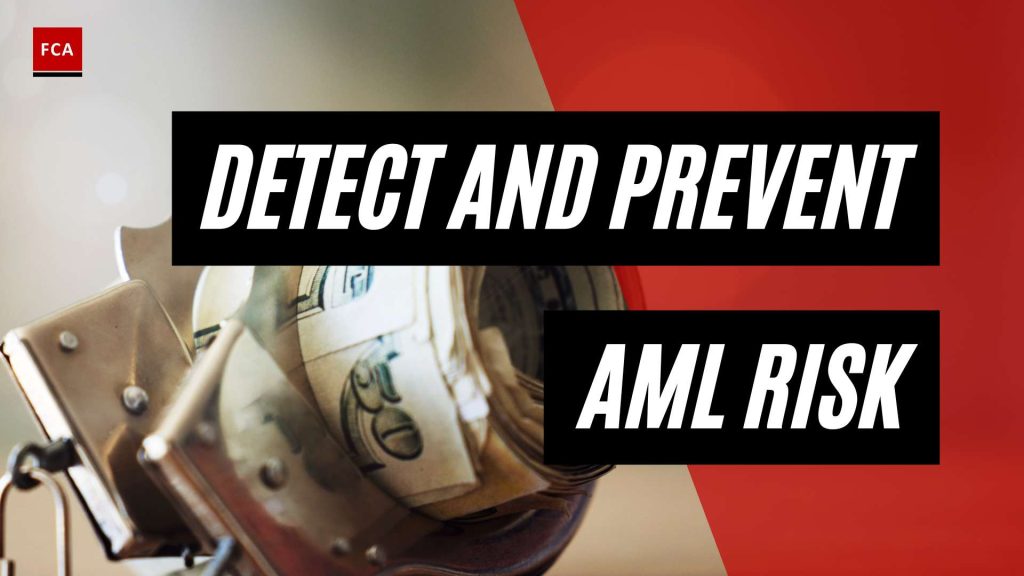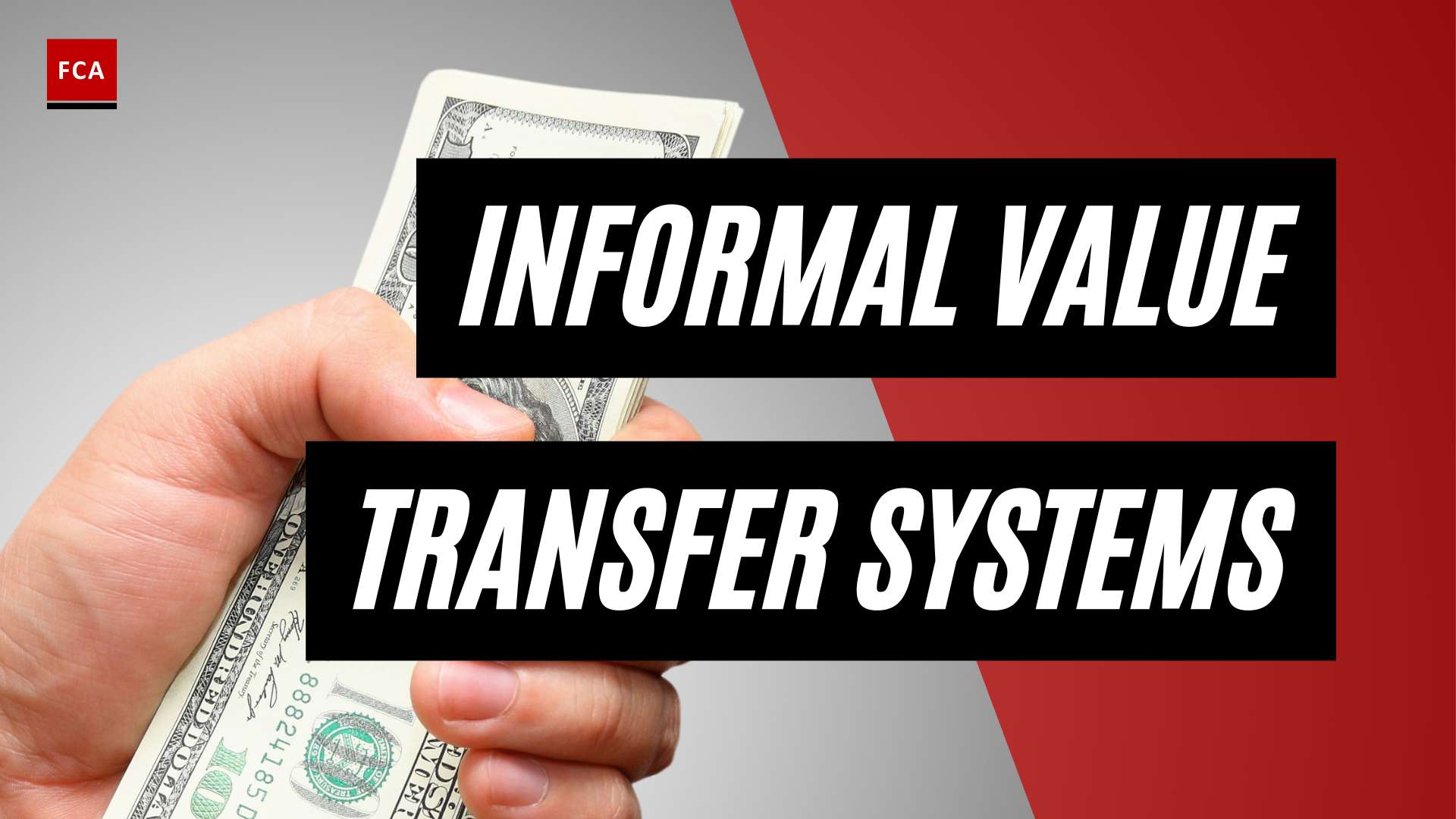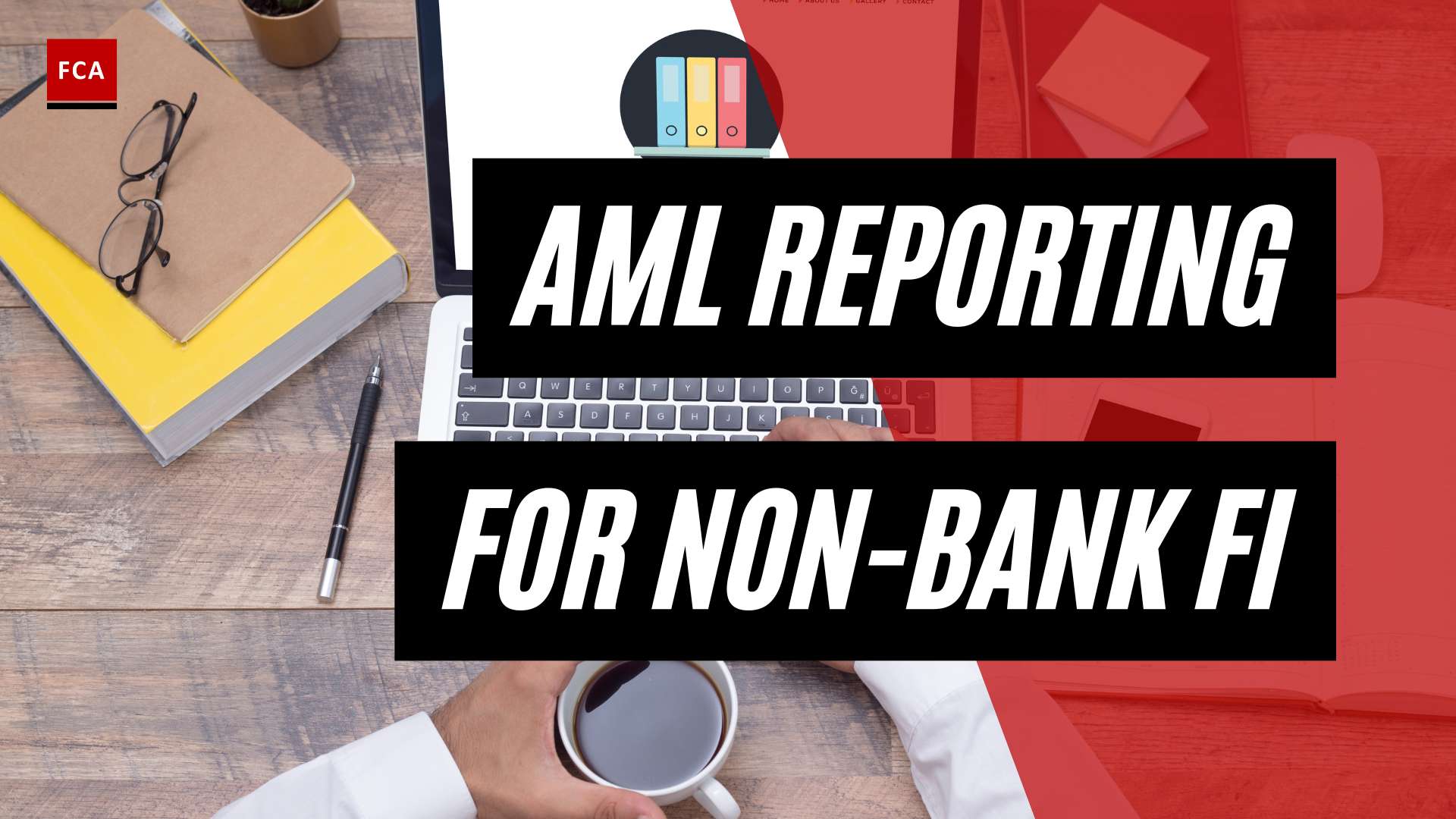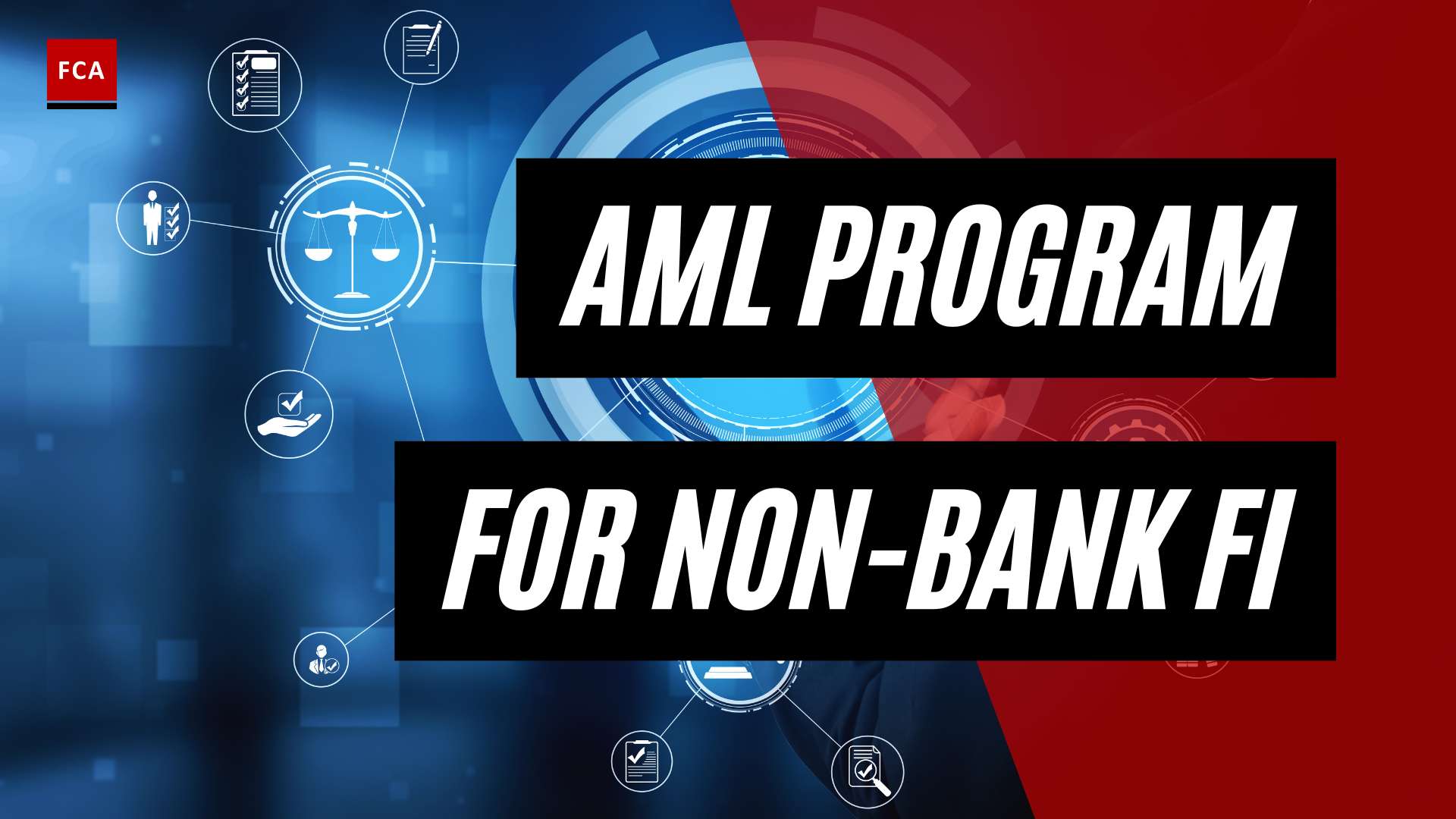Understanding AML Risk Assessment
In the realm of Anti-Money Laundering (AML), understanding risk assessment is pivotal to ensuring your organization stays compliant while effectively combating illicit financial activities. In this section, we’ll delve into the basics of AML risk assessment and explore its importance in today’s financial landscape.
Basics of AML Risk Assessment
AML risk assessment is a systematic process aimed at detecting, evaluating, and mitigating the risks of money laundering and terrorist financing associated with a business relationship. This process allows financial institutions to identify high-risk customers and implement appropriate strategies to prevent money laundering (FinScan).
The central component of customer AML risk assessment is a risk model that calculates a risk score (high, medium, low), offering a clear image of the risks posed by the customer relationship and activities to the institution (FinScan). This model relies on rules-based systems that aggregate data from various sources, highlighting the importance of data quality and constant fine-tuning of risk scoring models for accuracy.
Financial institutions are required to develop and implement a written program that identifies risks and detects potential money laundering activities. The program should include internal controls, independent testing, and designated compliance personnel, as per Github.
Importance of AML Risk Assessment
AML risk assessment, often seen as the cornerstone of an effective AML compliance program, guides the allocation of resources and ensures the implementation of appropriate risk management strategies. It enables organizations to adopt a risk-based approach to combat financial crime, meet regulatory expectations, ensure compliance, and strengthen their ability to detect and prevent financial crime, thus safeguarding the integrity of the financial system.
Financial institutions bear the responsibility of staying informed about new money laundering developments and continuously assessing their own AML risks to ensure compliance. By developing a structured framework, they can enhance risk assessment capabilities, meet regulatory requirements, and ensure continuous improvement through regular revisions.
In essence, AML risk assessment is not just about regulatory compliance, but also about protecting the organization and the broader financial system from the risks associated with money laundering and related financial crimes. For further insights into AML risk management strategies, check out our guide on AML best practices.
Components of AML Risk Assessment
An Anti-Money Laundering (AML) risk assessment is crucial for identifying, assessing, and mitigating the risks associated with financial crime. It consists of several components, including risk categories and Key Risk Indicators (KRIs).
Risk Categories in AML Assessment
Financial institutions typically categorize their clients into low, medium, or high-risk categories, which informs their monitoring, identity validation, and suspicious activity reporting efforts. The central component of customer AML risk assessment is a risk model that calculates a risk score offering a clear image of the risks posed by the customer relationship and activities to the institution (FinScan).
| Risk Category | AML Measures |
|---|---|
| Low Risk | Standard due diligence, regular transaction monitoring |
| Medium Risk | Enhanced due diligence, increased transaction monitoring |
| High Risk | Rigorous due diligence, frequent transaction monitoring |
The risk category assigned to a customer can inform various AML processes within an organization, including AML transaction monitoring, AML due diligence, and AML customer identification program.
Key Risk Indicators (KRIs)
KRIs are a vital component of AML risk assessments. They encompass factors like customer profile, transaction monitoring, geographical risks, products/services offered, and the inherent risks of the customer base.
| KRI | Description |
|---|---|
| Customer Profile | Includes factors like the customer’s occupation, financial behavior, and associations. |
| Transaction Monitoring | Analyzes the customer’s transaction patterns and behavior. |
| Geographical Risks | Assesses risks based on the customer’s location or the locations involved in their transactions. |
| Products/Services Offered | Evaluates the risks associated with the products or services that the customer uses. |
| Inherent Risks of Customer Base | Considers the overall risk profile of the institution’s customer base. |
These KRIs play a critical role in the AML risk management process, informing the development and implementation of AML policies and procedures. They also contribute to the ongoing refinement of AML best practices, and help to ensure that organizations are meeting their regulatory obligations and maintaining robust AML compliance programs.
With the components of AML risk assessment clearly defined, organizations can conduct more effective risk assessments and make better-informed decisions to prevent financial crime.
Role of AML Risk Assessment in Compliance
AML risk assessment plays an instrumental role in ensuring compliance with Anti-Money Laundering (AML) regulations. It guides the implementation of AML strategies, aids in the proper allocation of resources, and helps organizations identify potential vulnerabilities across their operations.
Regulatory Expectations and AML Compliance
Companies conducting AML risk assessments are required by regulations to develop and implement a written program that identifies risks and detects potential money laundering activities. The program should include internal controls, independent testing, and designated compliance personnel. In addition, it should provide a comprehensive analysis covering various risk domains, including customer risk, product/service risk, geographic risk, and transaction risk.
Financial institutions bear the responsibility of staying informed about new money laundering developments. They should continuously assess their own AML risks to ensure compliance. A well-constructed AML risk assessment serves as the cornerstone of an effective AML compliance program, guiding resource allocation and the implementation of appropriate risk management strategies.
Impact of AML Violations
The financial implications of non-compliance are significant. Financial institutions incur an estimated cost of $4.9 billion USD to comply with AML regulations, and the fines for lack of compliance amount to approximately $26 billion USD each year.
The use of AI and big data analytics can potentially reduce the costs of AML compliance by 20% and enhance the accuracy rate of AML risk assessment up to 95%. Along with reducing costs, accurate risk assessments and real-time monitoring and analysis of transactions can help organizations detect any suspicious activity promptly, thus significantly reducing the risk of violations.
In conclusion, a thorough AML risk assessment is not just a regulatory requirement, but it is also a sound business practice that can protect an organization from substantial penalties, reputational damage, and operational risks. For an in-depth understanding of the process, refer to our guide on AML risk management.
Conducting an AML Risk Assessment
Once you have a firm understanding of the importance and components of an AML risk assessment, it’s time to dive into the process of conducting one. This involves developing a structured methodology and ensuring periodic reviews and updates to reflect changes in the risk landscape.
Risk Assessment Methodology
The process of conducting an AML risk assessment involves a systematic approach to identifying and evaluating risks associated with money laundering and terrorist financing. A variety of factors should be considered, including geographic location, customer types, products and services offered, and distribution channels utilized.
The assessment should cover various risk domains such as customer risk, product/service risk, geographic risk, and transaction risk. This helps organizations identify and address vulnerabilities across different aspects of their operations.
Developing a structured framework is crucial for financial institutions to implement an effective AML risk assessment program. This allows them to enhance risk assessment capabilities, meet regulatory requirements, and ensure continuous improvement through regular revisions.
In practice, banks structure their BSA/AML compliance programs to be risk-based. This requires a well-developed risk assessment to understand the risk profile and apply appropriate risk management processes to the compliance program, as highlighted by the BSA/AML Manual.
Periodic Reviews and Updates
AML risk is not static. Changes in the bank’s products, services, customers, and geographic locations can all create new risks or change the severity of existing ones. Thus, updating the BSA/AML risk assessment is essential to ensure it remains an accurate reflection of the ML/TF and illicit financial activity risks.
Regular revisions to the risk assessment methodology are an integral part of maintaining an effective AML compliance program. As the risk landscape changes, so too should the strategies for managing and mitigating those risks. By keeping the risk assessment up-to-date, organizations can better protect themselves against emerging threats and maintain compliance with evolving regulatory requirements.
To help with this process, organizations can leverage a variety of AML software solutions that automate parts of the risk assessment process and ensure regular updates are made in line with changes in risk.
Effective AML risk assessment is a continuous process, not a one-time event. By regularly reviewing and updating the risk assessment, organizations can ensure they stay one step ahead in the fight against money laundering and terrorist financing. For more insights on this topic, check out our collection of AML case studies.
Role of Technology in AML Risk Assessment
The role of technology in AML risk assessment is increasingly significant in the modern landscape of financial crime prevention. Advanced technologies such as AI and big data analytics not only enhance the speed and accuracy of risk assessment but also contribute to cost efficiency in AML compliance.
AI and Big Data Analytics in AML
The use of AI and big data analytics in AML risk assessment can enhance the accuracy rate up to 95%, compared to traditional methods that tend to have lower accuracy rates. Furthermore, such technologies offer real-time monitoring and analysis of transactions, enabling financial institutions to promptly detect any suspicious activity.
In fact, the potential reduction in the costs of AML compliance by employing these technologies can reach up to 20%. Additionally, these technologies expedite customer onboarding and ongoing monitoring, thus contributing to more efficient compliance with AML regulations.
The implementation of AI and big data analytics in AML practices can be particularly useful in AML transaction monitoring, helping financial institutions to identify unusual transaction patterns that may indicate illicit financial activities.
AML Compliance Software Solutions
AML compliance software solutions serve as essential tools in the realm of AML risk assessment. These solutions employ rules-based models that aggregate data from various sources to derive a risk rating for evaluating financial crime risk. This highlights the importance of data quality and constant fine-tuning of risk scoring models for accuracy.
The central component of customer AML risk assessment in these software solutions is a risk model that calculates a risk score, offering a clear image of the risks posed by the customer relationship and activities to the institution. This can greatly aid in AML due diligence and AML risk management.
AML risk assessment software solutions facilitate a structured and standardized framework to streamline the risk assessment process. Templates provided by these solutions enhance regulatory compliance, aligning with expectations set forth by governing bodies like the Office of Foreign Assets Control (OFAC) and the BSA.
To explore more about these software solutions, visit our page on AML software solutions where we delve into the various features and benefits of these technological tools in ensuring compliance with AML regulations.
By integrating Risk Assessment into their AML risk management strategies, organizations can significantly enhance their AML compliance programs, stay aligned with regulatory expectations, and effectively mitigate risks associated with money laundering. For more information on AML compliance, check out our articles on AML best practices and AML software solutions.








